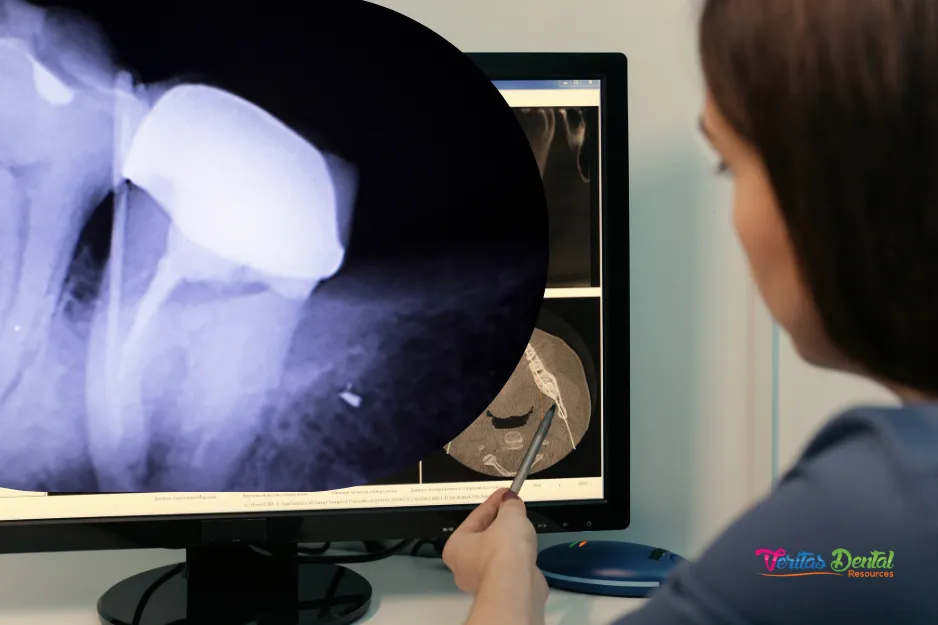
How to Properly Use Dental Code D4341: A Comprehensive Guide
Accurate coding is vital to ensure proper reimbursement and compliance in periodontal care. Dental code D4341 refers to periodontal scaling and root planing for four or more teeth per quadrant. This procedure is essential for treating periodontal disease and improving patient outcomes. Here’s how to properly use this code in your practice.
1. Understanding Code D4341
Definition and Scope:
D4341 – Periodontal Scaling and Root Planing: This code is used when performing scaling and root planing on four or more teeth in a quadrant. It involves the thorough debridement of plaque, calculus, and diseased cementum from the root surfaces.
Clinical Application:
D4341 is typically indicated for patients with moderate to severe periodontitis, where multiple sites within a quadrant require treatment. Ensure that the clinical findings support the extensive nature of the procedure.
2. Clinical Considerations and Indications
Patient Assessment:
Comprehensive Evaluation: Conduct a thorough periodontal examination, including probing depths, attachment loss, bleeding on probing, and radiographic analysis to document the extent of periodontal disease.
Treatment Planning:
Confirm that the affected quadrant has four or more teeth that require scaling and root planing. If fewer than four teeth are involved, consider using code D4342, which covers one to three teeth per quadrant.
Treatment Protocol:
Local Anesthesia and Isolation: Ensure proper anesthesia and isolation of the area to maintain patient comfort and reduce contamination.
Instrumentation: Use both hand and ultrasonic instruments to remove plaque and calculus effectively. Document the instruments and techniques used as part of your clinical notes.
Post-Operative Instructions: Provide detailed post-treatment care instructions and schedule follow-up visits to monitor healing and re-evaluate periodontal status.
3. Documentation and Record-Keeping
Essential Documentation:
Clinical Findings: Clearly document the periodontal charting that justifies the need for scaling and root planing. Record probing depths, attachment levels, and bleeding sites.
Procedure Details: Note the number of teeth treated in each quadrant and describe the instrumentation and techniques used during the procedure.
Diagnostic Evidence: Include radiographs and periodontal assessments to support the clinical diagnosis and treatment plan.
Compliance:
Audit Readiness: Comprehensive documentation supports claims in case of audits or insurance reviews. Ensure that every detail aligns with the criteria for D4341.
Patient Consent: Obtain informed consent that specifically addresses the periodontal procedure and its rationale.
4. Billing Best Practices
Accurate Code Selection:
Match Code to Treatment: Double-check that the treatment provided meets the criteria for D4341. For quadrants with less than four teeth requiring treatment, switch to the appropriate code (D4342) to avoid claim denials.
Modifiers: Use modifiers appropriately if multiple quadrants are treated during the same appointment. Ensure that the claim accurately reflects the extent of the treatment performed.
Insurance Communication:
Payer Policies: Familiarize yourself with payer-specific guidelines regarding periodontal procedures. Some insurance companies may have additional documentation requirements.
Follow-Up: Monitor claim submissions closely for any discrepancies or denials. Proactive follow-up and prompt corrections can help secure timely reimbursement.
5. Optimizing Patient Outcomes
Patient Education:
Explain the Procedure: Help your patients understand the need for scaling and root planing. Educate them about how the treatment will help manage periodontal disease and improve their oral health.
Set Expectations: Discuss the treatment process, recovery time, and the importance of follow-up care, reinforcing the value of proper periodontal maintenance.
Continuous Improvement:
Ongoing Training: Regularly update your clinical team on the latest techniques in periodontal therapy and coding changes. Continuing education can ensure that your practice remains compliant and competitive.
Feedback and Reviews: Solicit patient feedback to gauge satisfaction and identify areas for improvement in both treatment and billing processes.
Conclusion
Properly using dental code D4341 is essential for accurately documenting and billing periodontal scaling and root planing on quadrants with four or more teeth. By ensuring thorough clinical evaluation, precise documentation, and adherence to payer guidelines, your practice can optimize both patient outcomes and revenue. Continuous education and meticulous record-keeping remain key to successful coding and billing in periodontal care.
Implement these best practices to maintain compliance, improve patient care, and secure appropriate reimbursement for your periodontal treatments.

